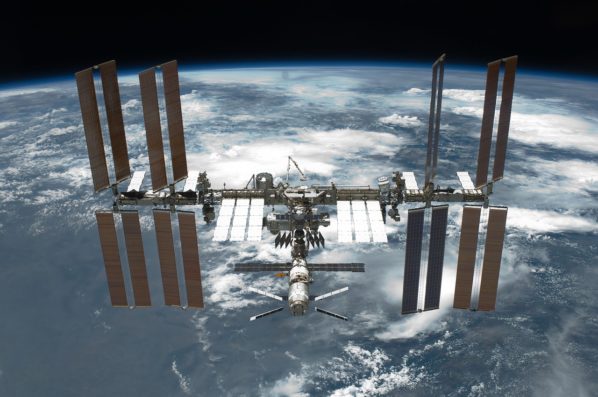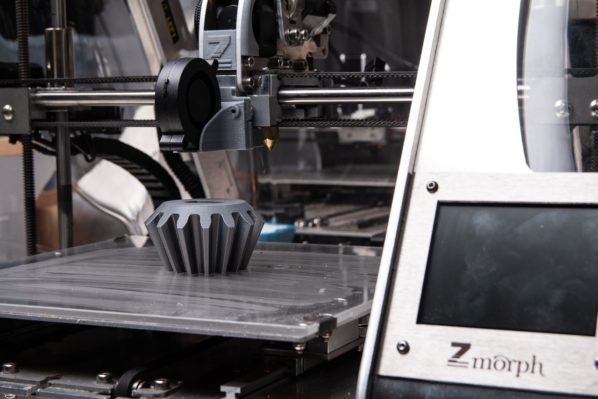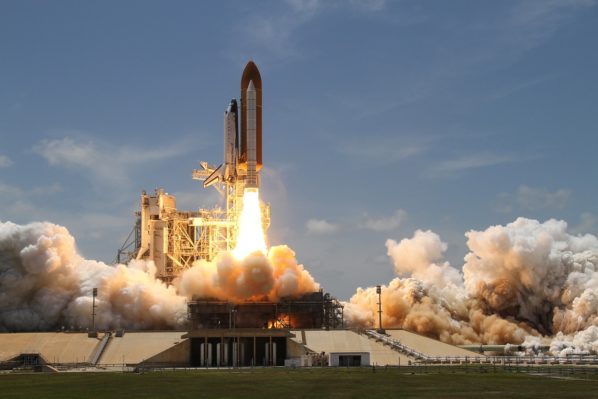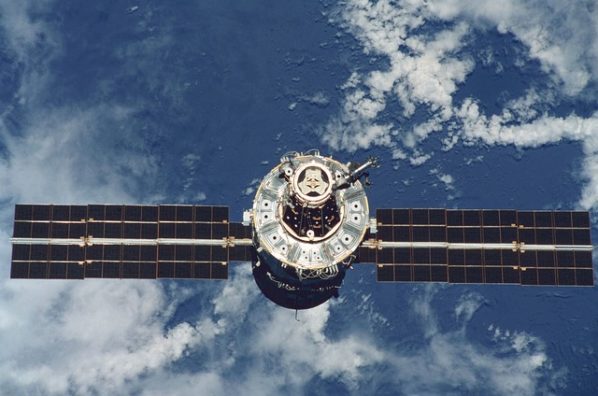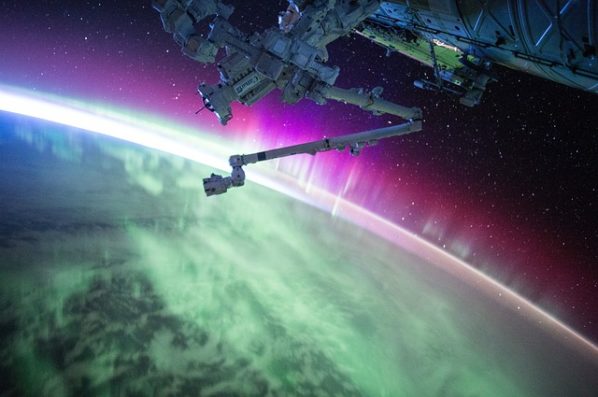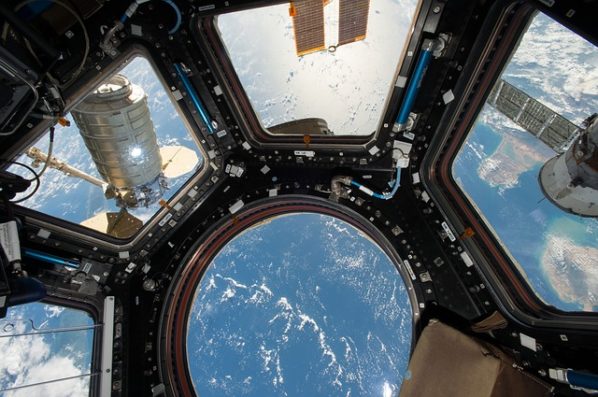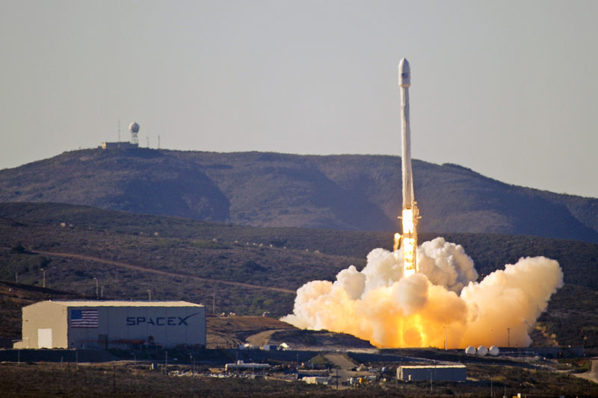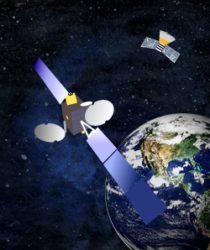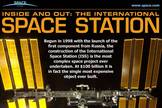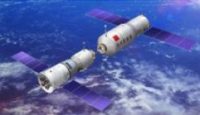What Experiments Did Scientists Conduct on the ISS?
ISS: A scientific marvel in space. Over 3,000 experiments conducted, from zero-gravity Parkinson's research to interstellar 3D printing. Exciting future ahead!
What Are The Benefits of 3D Printing in Space?
Will 3D printers be commonplace in space? What are the benefits of 3D printing in space and will we see more of it in the future? Learn more!
Did You Know Polyurethane Foam Made the Space Shuttle Possible?
Sometimes it's all in the details. Something as simple as polyurethane foam made the modern space shuttle a possibility. This crucial material opened up a range of new options for spacecraft, as well as everyday objects.
How Solar Energy Keeps the International Space Station Going
Solar energy is a big deal on planet Earth right now. People around the world have discovered its benefits. Its clean, renewable, and affordable. Once you have an array in place, you can power your home or business for decades. Solar helps us off-planet just as much as it does at home. The sun is our most plentiful power source, and scientists and researchers have found ways to tap into it on the International Space Station.
NASA Commissions a New Module for the Space Station
Axiom Space is building a new commercial module for the International Space Station, transforming it into a commercial destination by 2030.
Why Does the Advisory Committee Want a Smaller ISS Crew?
There are currently six astronauts on the International Space Station right now — three from the United States, two from Russia and one from Japan. You can use this website to see who they are and how many days they’ve been in space. There are even informational profiles for each astronaut, so you can learn more about them. A total of six astronauts doesn’t sound like a lot in the grand scheme of things, but that hasn’t stopped the Advisory Committee from recommending smaller ISS crews going forward. Why does the committee want smaller teams on the International Space Station, and what will this mean for the future of the…
Does Space Tourism Have Health Risks?
Space tourism poses health risks, but short trips are manageable for people in average health. Psychological impacts, like space anxiety, are crucial.
Go Away, Gravity! – The Ventures of Elon Musk’s SpaceX and Richard Branson’s Virgin Galactic
Elon Musk has a net worth of $11.9 billion while Richard Branson has a net worth of $4.8 billion. If they stacked their respective fortunes in $1 bills atop each other, the tower would reach six million miles, almost 25 times the distance between the earth and the moon. And that is, in a metaphorical way, exactly what the two plan to do.
Evolution of the Space Suit [Infographic]
Two types of pressurized suits are in use today: "escape suits" worn inside the craft during launch and landing, and full "EVA" suits worn for working in the vacuum of space. NASA escape suits are colored International Orange for easy spotting by rescuers in the event of an emergency landing.
Could Space Junk Be a Threat to Our Hi-Tech Way of Life?
Space waste, space junk, orbital debris…whatever you call this orbiting mass of objects, they are a big issue. Space waste doesn't just make earth's orbital corridors look untidy, it poses a very real threat to the future of space exploration and our way of life. Read on to find out more…
The International Space Station: Inside and Out [Infographic]
“Begun in 1998 with the launch of the first component from Russia, the construction of the International Space Station (ISS) is the most complex space project ever undertaken. At $100 billion it is in fact the single most expensive object ever built.” Taken from the infographic below:
How China’s First Space Station Will Work [Infographic]
With the future of the International Space Station uncertain, the Chinese have announced their own space station program, instead of joining forces with the other space powers. China's space station will be named "Tiangong" which means "Heavenly Palace" in Mandarin.

